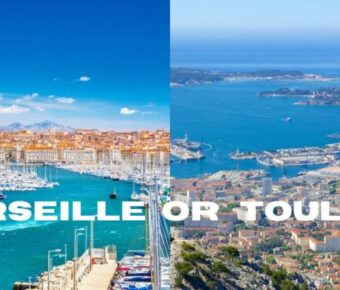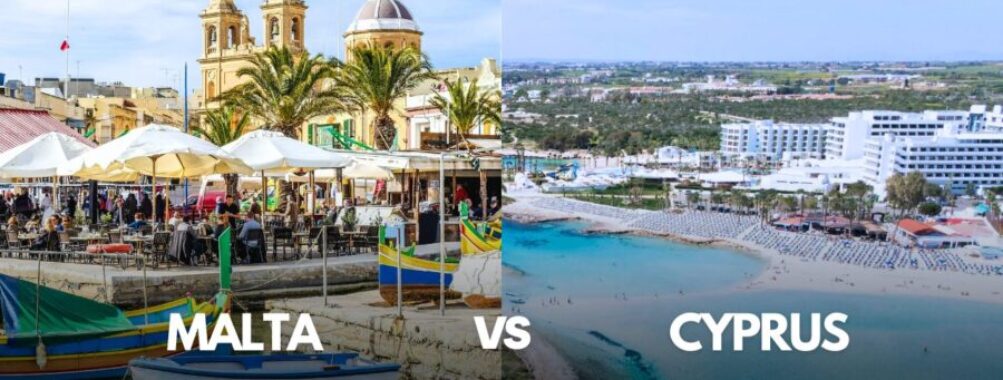
Malta vs Cyprus: Key Differences for Your 2025 Mediterranean Getaway
Malta and Cyprus both offer Mediterranean charm, but they’re pretty different. Malta is smaller and more densely populated, with its unique limestone architecture and British influence shaping its character. Cyprus is larger and has more diverse landscapes, including mountains and forests that complement its beaches.
When comparing the two islands, travelers who have visited both destinations typically say that Cyprus offers better beaches, more green spaces, and a friendlier local population. The food quality in Cyprus is also frequently rated higher than Malta’s cuisine, giving food enthusiasts something to consider when choosing between these Mediterranean gems.
Healthcare facilities differ, too, with Malta having more hospital beds and physicians per capita than Cyprus. For families, Cyprus often gets the nod as more suitable for holidays, with plenty of activities and sights for kids and adults. Malta attracts different types of travelers seeking its unique historical and cultural experiences.
Table of Contents
- Geographic Overview
- Location and Topography
- Climate and Weather Patterns
- Cultural Insights
- Historical Formation
- Customs and Traditions
- Maltese and Cypriot Lifestyles
- Tourist Attractions
- Beaches and Islands
- Landmarks and Heritage Sites
- Leisure and Activities
- Travel Information
- Connectivity and Transport
- Accommodation and Dining
- Local Travel Tips
- Sports and Recreation
- Football Overview
- Notable Matches
- Football Stadiums and Facilities
- Football Match Analysis: Malta vs Cyprus
- Team Formations and Strategies
- Gameplay and Tactics
- Key Players and Performances
- Substitutions and Match Turning Points
- Frequently Asked Questions
- What are the distinctive cultural differences between Malta and Cyprus?
- How does the cost of living in Malta compare to that in Cyprus for expatriates?
- Which country, Malta or Cyprus, offers a more beneficial environment for international students?
- In terms of climate, how do Malta and Cyprus differ throughout the year?
- Can you detail the historical ties and current relationship between Malta and Cyprus?
- What unique travel experiences do Malta and Cyprus each offer for holiday seekers?
- Book Your Dream Experience
- More Travel Guides
Geographic Overview
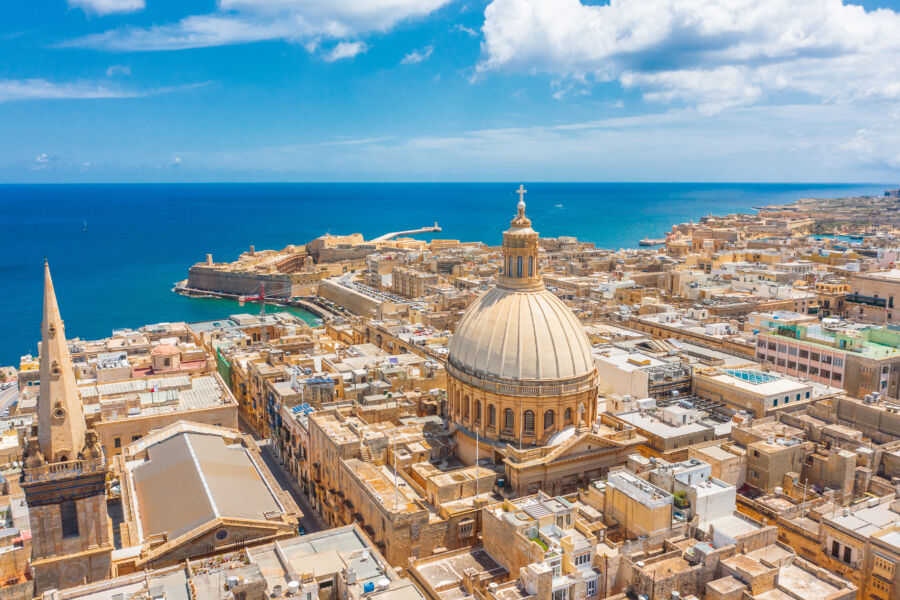
Malta and Cyprus are two Mediterranean island nations with distinct geographic features that shape their landscapes, climate, and tourism appeal. While both share Mediterranean coastlines, they differ significantly in size, topography, and natural environments.
Location and Topography
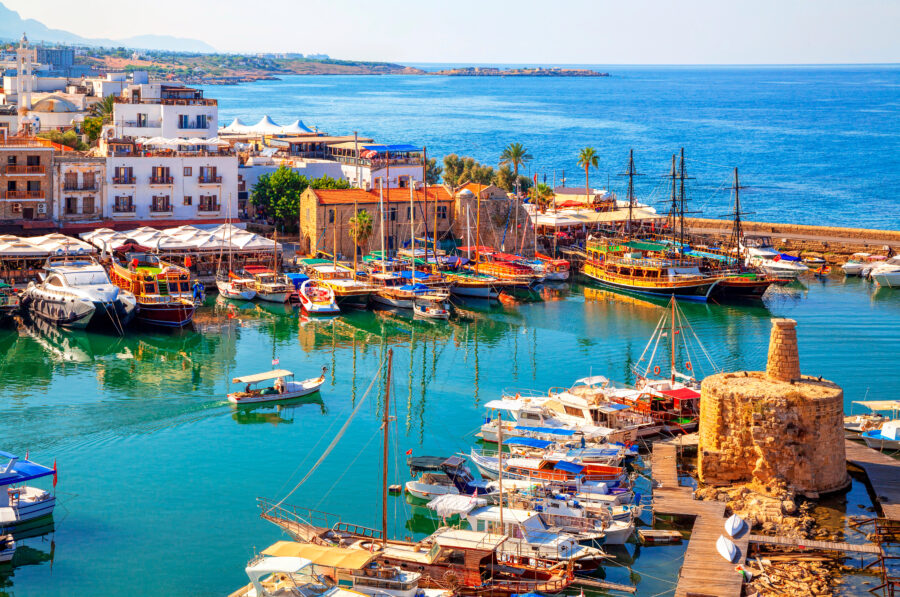
Malta is positioned centrally in the Mediterranean Sea, about 80 km south of Sicily and 284 km east of Tunisia. This tiny archipelago consists of three main islands—Malta, Gozo, and Comino—covering just 316 square kilometers.
Malta’s landscape is characterized by low, rocky terrain with coastal cliffs and no mountains or rivers. Its highest point reaches only 253 meters above sea level.
Cyprus, by contrast, is much larger at 9,251 square kilometers, making it about 29 times the size of Malta. It is located in the eastern Mediterranean near Turkey and Syria and has a more diverse topography. The island is dominated by two mountain ranges—the Troodos Mountains in the southwest and the Kyrenia Range in the north.
Between these mountains lies the fertile Mesaoria Plain. Cyprus boasts significantly more coastline at 648 km than Malta’s 197 km, with varied beaches and dramatic coastal formations.
Climate and Weather Patterns
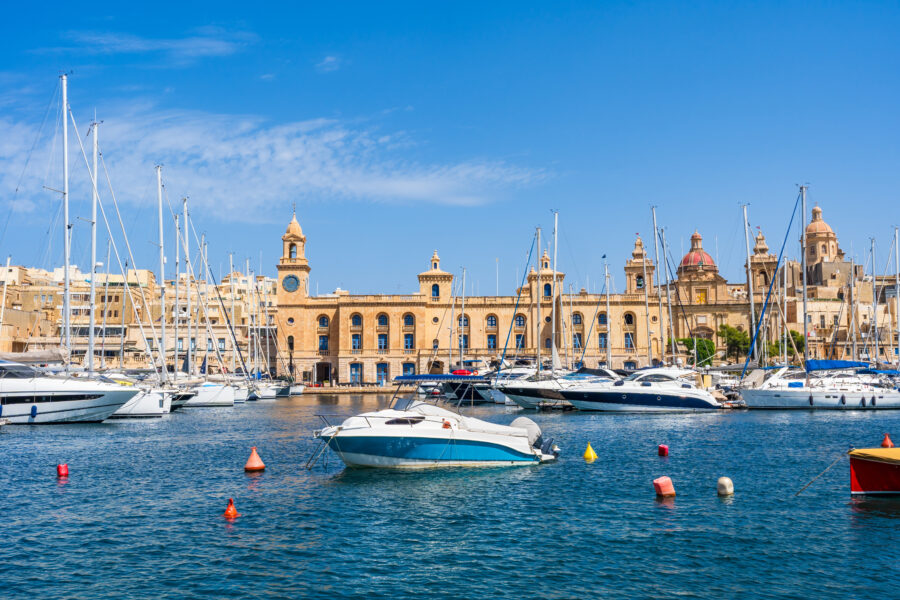
Both islands enjoy classic Mediterranean climates with hot, dry summers and mild, wetter winters. Malta typically experiences slightly warmer temperatures year-round, with summer averages around 30-32°C (86-90°F) and winter temperatures rarely dropping below 10°C (50°F).
Due to its larger size and mountains, Cyprus has more climate variation. Coastal areas offer similar conditions to Malta, but inland and mountain regions experience cooler temperatures and snow in winter. The Troodos Mountains can see temperatures drop below freezing in winter, making Cyprus a rare Mediterranean destination where visitors can ski in the morning and swim in the afternoon during certain seasons.
Rainfall patterns differ, too. Cyprus receives more annual precipitation, particularly in the mountains, while Malta is one of Europe’s driest countries. Both islands enjoy abundant sunshine—approximately 300 sunny days per year—making them popular year-round travel destinations.
Cultural Insights
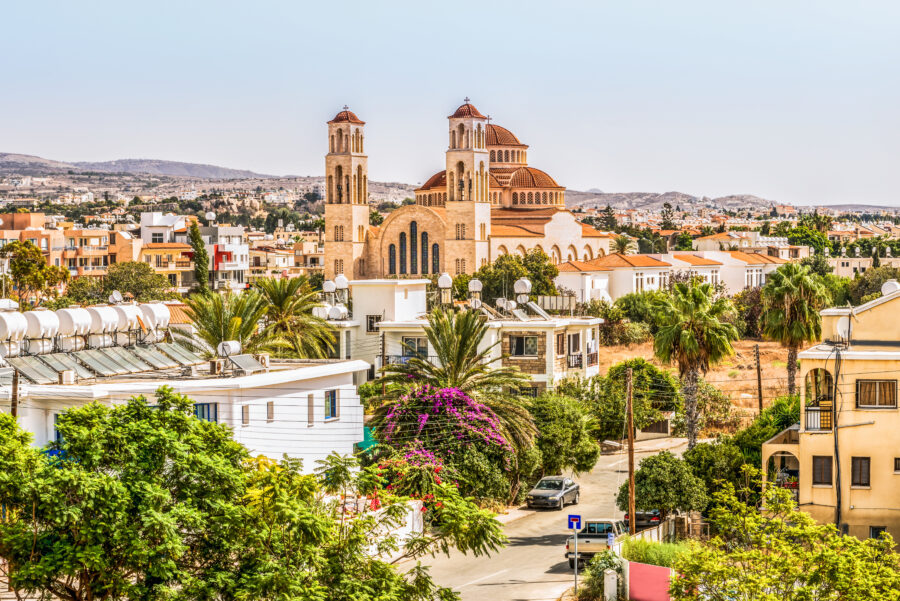
Malta and Cyprus have rich cultural identities shaped by their strategic positions in the Mediterranean and centuries of diverse influences. Their unique histories have created distinct traditions, customs, and ways of life that fascinate visitors and expats alike.
Historical Formation
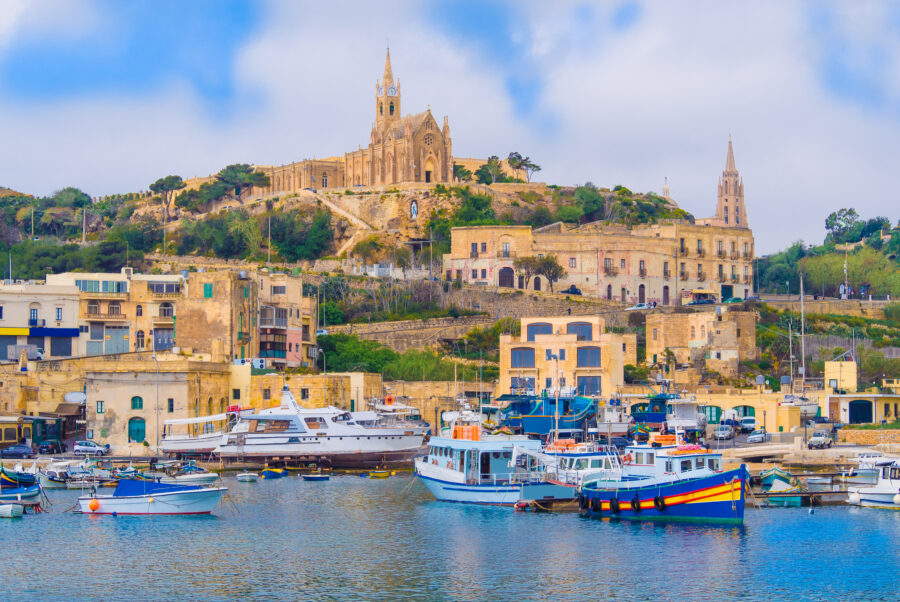
Malta’s cultural tapestry has been woven by Phoenicians, Romans, Arabs, Normans, Knights of St. John, and the British. Over thousands of years, this tiny archipelago became a melting pot of Mediterranean cultures. The capital city, Valletta, named after Grand Master Jean de Vallette, is a UNESCO World Heritage site and showcases the island’s rich architectural heritage.
Cyprus has equally complex roots with Greek, Turkish, British, and Middle Eastern influences. The island’s division in 1974 created two distinct cultural zones.
The Greek Cypriot south maintains strong Hellenic traditions, while the Turkish north embraces Ottoman heritage. Ancient ruins like Kourion and Salamis tell stories of the island’s classical past. Both islands served as strategic military bases throughout history, profoundly shaping their development and cultural identity.
Customs and Traditions
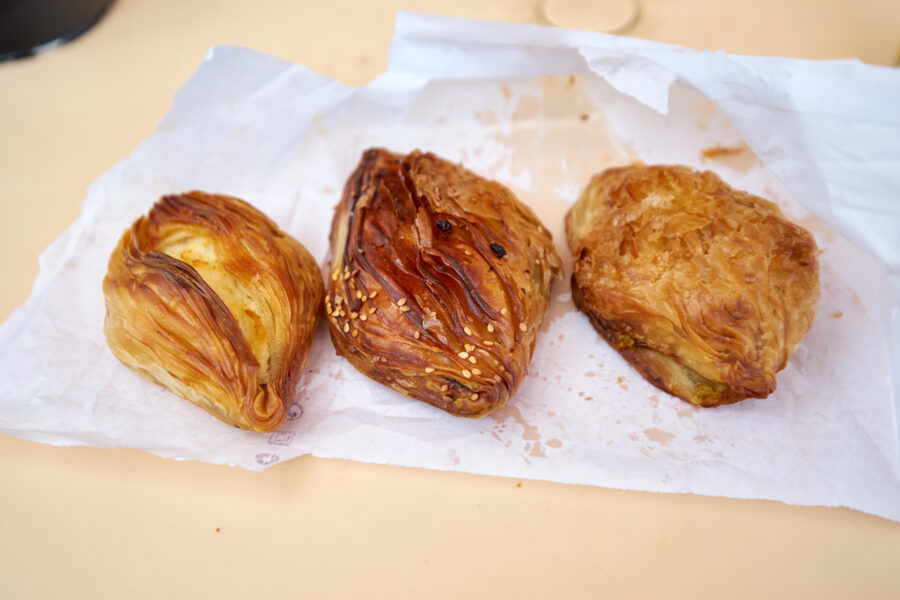
Maltese festivals (festas) honor patron saints with elaborate processions, fireworks, and community celebrations. These vibrant events happen throughout the summer in different villages. The Maltese embrace their religious heritage, with over 365 churches nationwide.
Food traditions in Malta include pastizzi (savory pastries) and rabbit stew, reflecting the island’s humble farming background and Italian influences.
Cypriots celebrate their heritage through traditional dances like the syrtos and sousta. Easter is particularly significant, with elaborate rituals and customs. The famous halloumi cheese originates from Cyprus and forms a cornerstone of their cuisine.
Both cultures place great emphasis on family gatherings and food. Sunday lunches stretch for hours as extended families share meals and stories.
Maltese and Cypriot Lifestyles
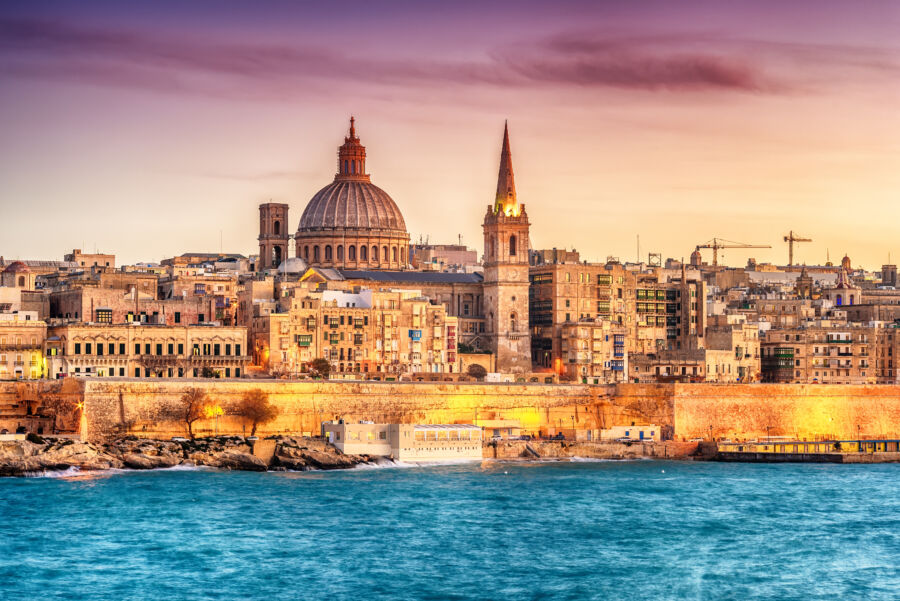
Cypriots tend to embrace a relaxed, family-oriented lifestyle. Life in Cyprus moves more slowly than in Malta, prioritizing community and family activities.
Locals often gather in village squares and coffee shops to socialize. The “siga-siga” (slowly-slowly) attitude reflects the unhurried approach to daily life.
Malta’s smaller size creates a more condensed living experience. The island feels busier and more cosmopolitan in certain areas. According to traveler accounts, Maltese people are generally friendly but perhaps slightly more reserved than Cypriots.
Both populations enjoy Mediterranean staples of outdoor dining, beach culture, and evening promenades. However, Cyprus offers more green spaces and natural environments, while Malta has a more urban feel despite its small size. The Cypriots are often described as exceptionally welcoming, making newcomers feel at home quickly.
See Related: Malta vs Sicily: Essential Differences for Your Mediterranean Escape
Tourist Attractions
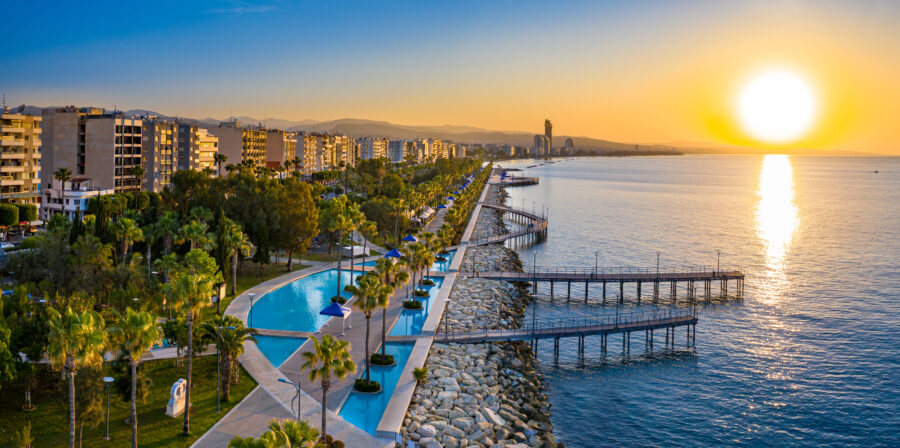
Both Cyprus and Malta offer amazing attractions that draw visitors worldwide. Each island has its unique appeal with stunning beaches, rich historical sites, and plenty of activities for travelers of all interests.
Beaches and Islands
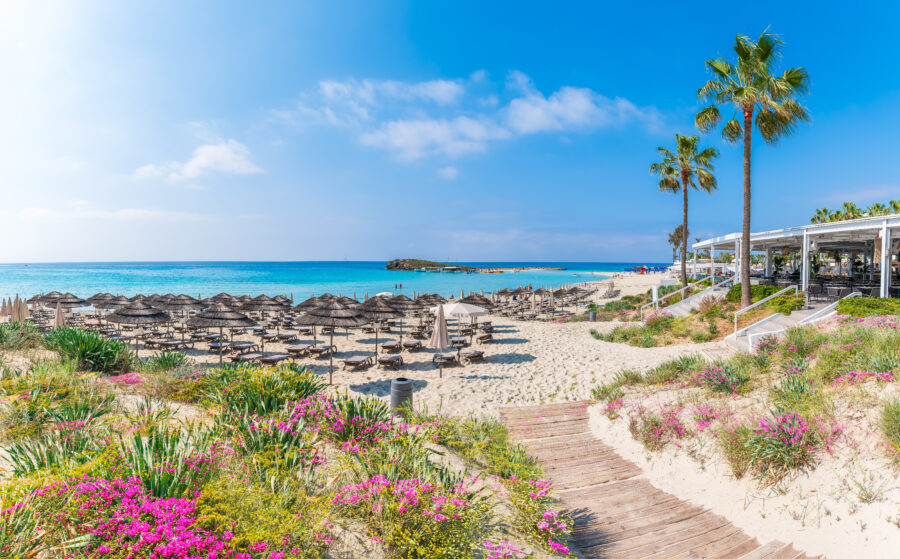
Cyprus boasts longer sandy beaches than Malta, making it a perfect destination for beach lovers. The eastern coast of Cyprus features popular spots like Nissi Beach, with its crystal-clear waters and golden sands. Fig Tree Bay in Protaras is another stunning option with family-friendly shallow waters.
Malta compensates for its smaller size with unique coastal formations. The Blue Lagoon on Comino Island offers one of the Mediterranean’s most photographable swimming spots with brilliant turquoise waters.
While not part of either country, visitors sometimes compare these islands to Crete, which has a different character altogether. Cyprus typically has warmer waters and more extensive beach options earlier in the season.
Gozo, Malta’s sister island, offers a more relaxed beach experience than the main island. Ramla Bay on Gozo stands out with its distinctive reddish sand and peaceful atmosphere.
Landmarks and Heritage Sites

Cyprus features impressive ancient ruins like the Tombs of the Kings in Paphos, a UNESCO World Heritage site dating back to the 4th century BC. The well-preserved mosaics at Paphos Archaeological Park showcase stunning ancient artwork that rivals anything in the Mediterranean region.
Malta packs an incredible density of historical sites despite its smaller size. The prehistoric Megalithic Temples are some of the oldest free-standing structures in the world, predating even the Egyptian pyramids.
Valletta, Malta’s capital, is an open-air museum with Baroque architecture and imposing fortifications built by the Knights of St. John. The impressive St. John’s Co-Cathedral houses Caravaggio masterpieces.
Cyprus offers the fascinating divided capital of Nicosia, where visitors can cross between the Greek and Turkish sides. The ancient Salamis on the eastern coast features impressive Roman ruins, including a theater and baths.
Leisure and Activities
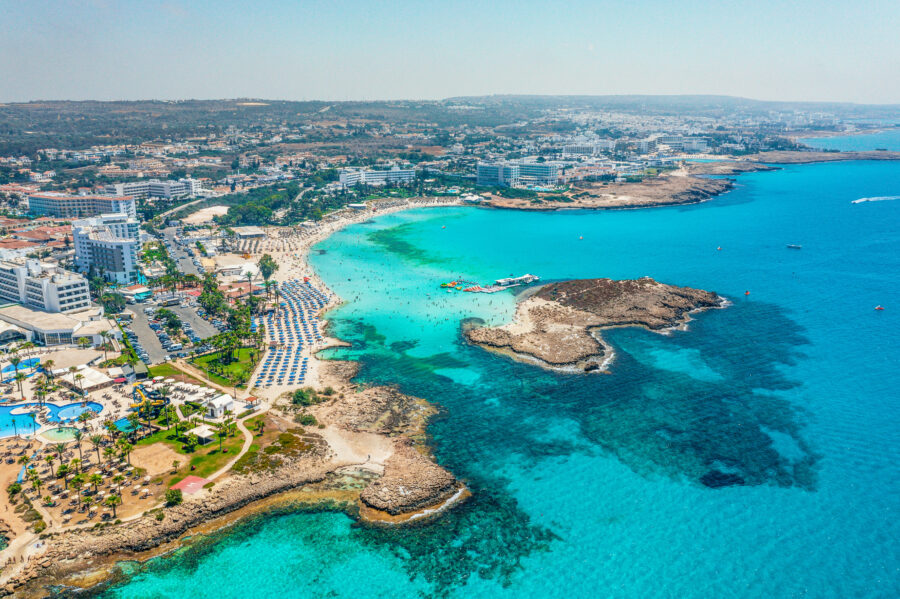
Both islands offer excellent opportunities for water sports and diving. Cyprus has a wider variety of diving spots, with the famous Zenobia wreck consistently ranked among the world’s top ten dive sites. Many tourists record underwater videos of this massive ferry that sank in 1980, creating an artificial reef.
Malta provides a more concentrated diving experience with numerous sites accessible from shore. The Blue Hole in Gozo is particularly popular among divers of all skill levels.
Wine enthusiasts should visit Cyprus for its 6,000-year-old winemaking tradition. The Troodos Mountains house charming vineyards producing indigenous varieties like Xynisteri and Maratheftiko.
Malta excels with its cultural activities and festivals throughout the year. Traditional fiesta celebrations happen in villages across the islands, including fireworks, processions, and local food.
Cyprus offers more varied landscapes for hiking, particularly in the Troodos Mountains, where trails lead to hidden waterfalls and Byzantine churches with incredible frescoes.
Travel Information
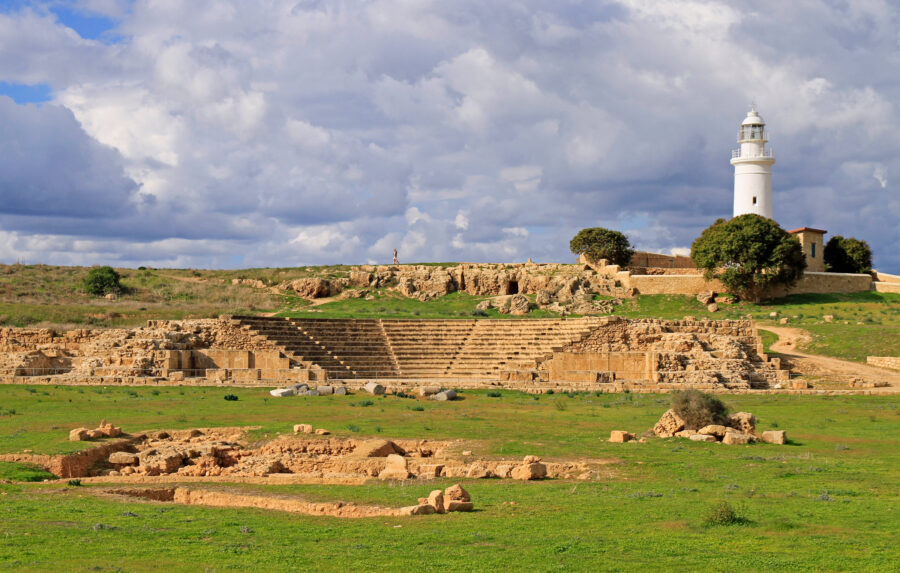
Understanding the travel logistics can make or break your experience when deciding between Malta and Cyprus. Both islands offer unique travel experiences with different transportation options, places to stay, and local customs to navigate.
Connectivity and Transport
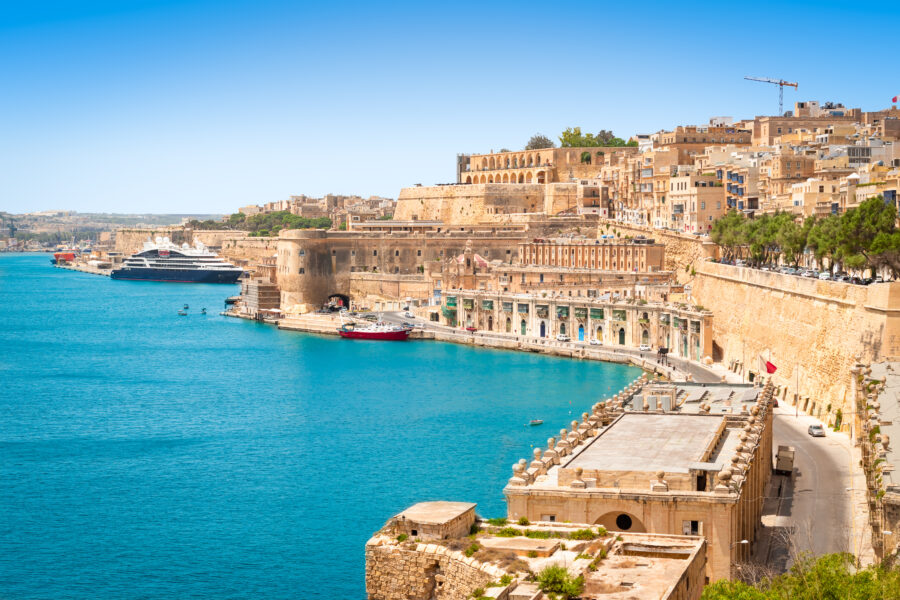
Getting to Cyprus typically involves flights into Larnaca or Paphos airports, while Malta is served by one main international airport. Cyprus is significantly larger, which means internal travel requires more planning. You’ll likely need a rental car to explore Cyprus properly, especially to reach those beautiful beaches and mountain areas in the Troodos range.
Malta’s compact size makes it easier to navigate. The public bus system efficiently covers most of the island, though buses can get crowded during peak tourist season. A unique aspect of Malta is its ferry network, which connects the main island to Gozo and Comino—perfect for island-hopping adventures.
Both destinations offer car rentals with similar pricing, but driving is on the left side in both countries (a legacy of British influence).
Accommodation and Dining
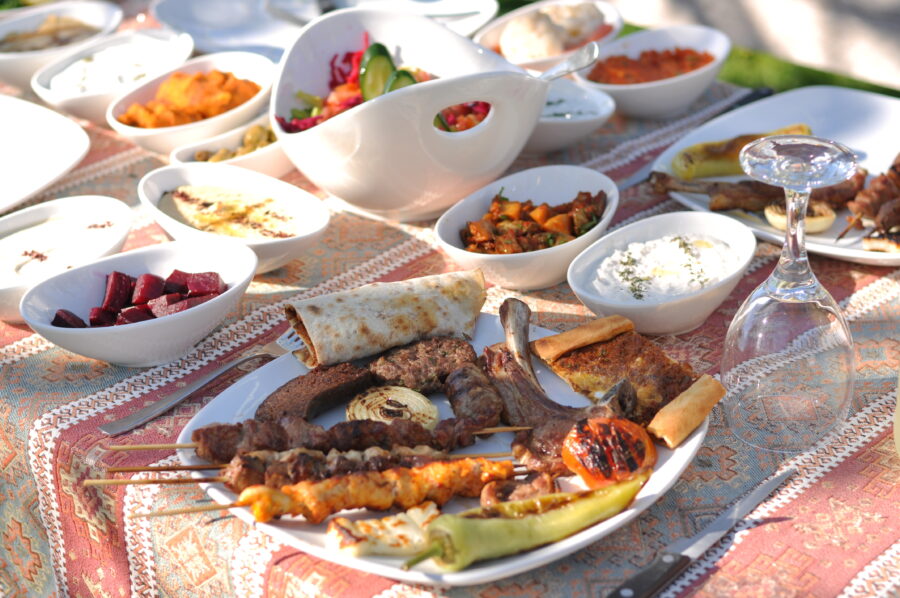
Cyprus generally offers more spacious accommodations than Malta. Houses are typically bigger in Cyprus, particularly in Paphos, where people “love to garden.”
Malta’s accommodation options are more densely packed but often well-positioned near attractions. The country offers everything from boutique hotels in historic buildings to modern resorts along the coastline.
Dining experiences differ significantly between the two:
- Cyprus: Features mezze-style eating with strong Greek and Turkish influences
- Malta: Offers unique cuisine with Italian and North African touches
Budget travelers should note that Malta can be slightly more expensive for dining, especially in tourist areas like Valletta and St. Julian’s. Cyprus often provides better value for money at restaurants, particularly in local establishments away from major resort areas.
Local Travel Tips
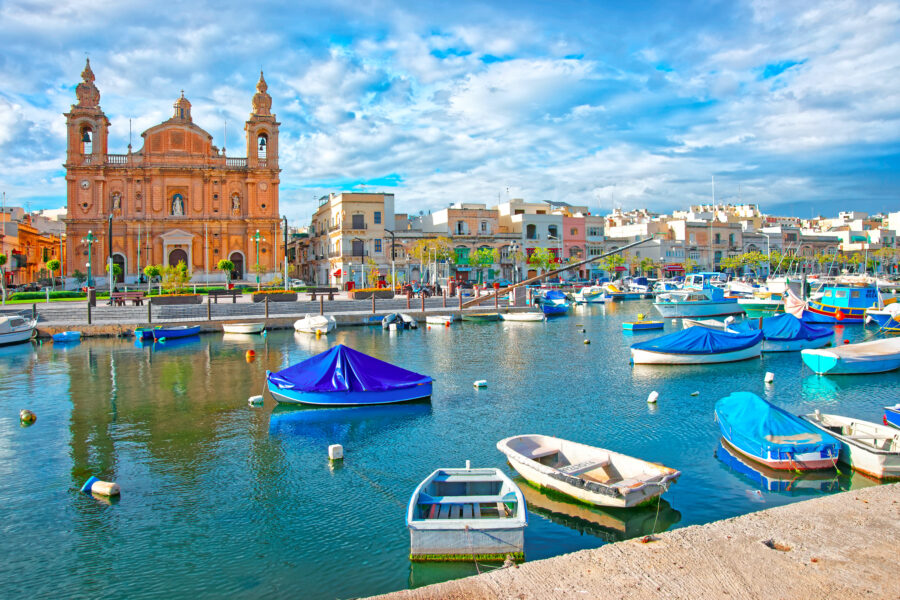
Cyprus’s divided status creates a unique travel situation. Traveling to the north requires crossing a border checkpoint, and you’ll need separate insurance if you rent a car. Always carry your passport when crossing between sides.
Weather considerations vary slightly between the islands. Cyprus has a longer summer season, with pleasant temperatures extending into November. Malta experiences strong winds at certain times of year that can affect ferry services to Gozo.
Tipping customs are similar in both destinations—about 10% is standard in restaurants if service isn’t included. When shopping, Cyprus markets often expect some bargaining, while Malta’s shops typically have fixed prices.
English is widely spoken in both destinations, though locals will always appreciate learning a few Greek phrases for Cyprus or Maltese words for Malta. This makes both islands particularly accessible for English-speaking travelers.
See Related: The Most Undiscovered Places in the World: Exploring Hidden Gems Off the Beaten Path
Sports and Recreation
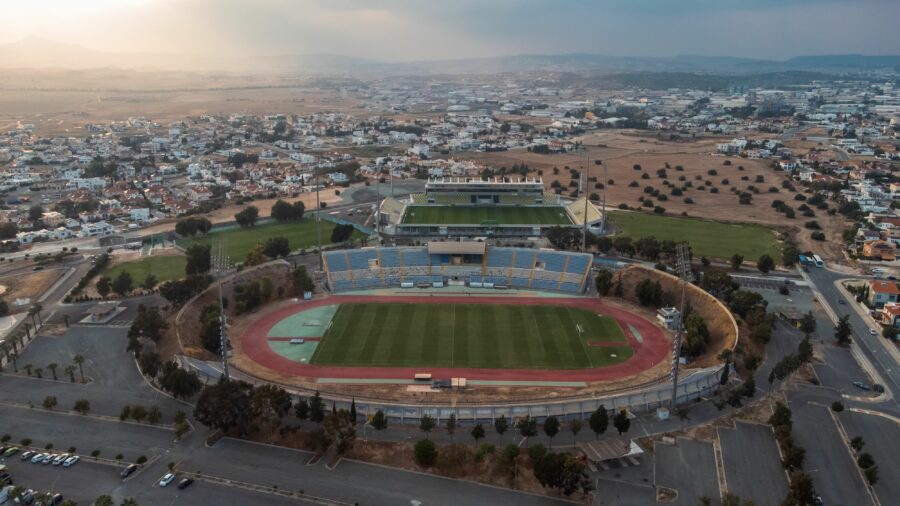
Both Cyprus and Malta offer diverse sports activities for locals and tourists alike. Football is special in both cultures, with passionate fans and historic stadiums dotted across the islands. The islands’ pleasant Mediterranean climate makes them ideal for year-round outdoor recreation.
Football Overview
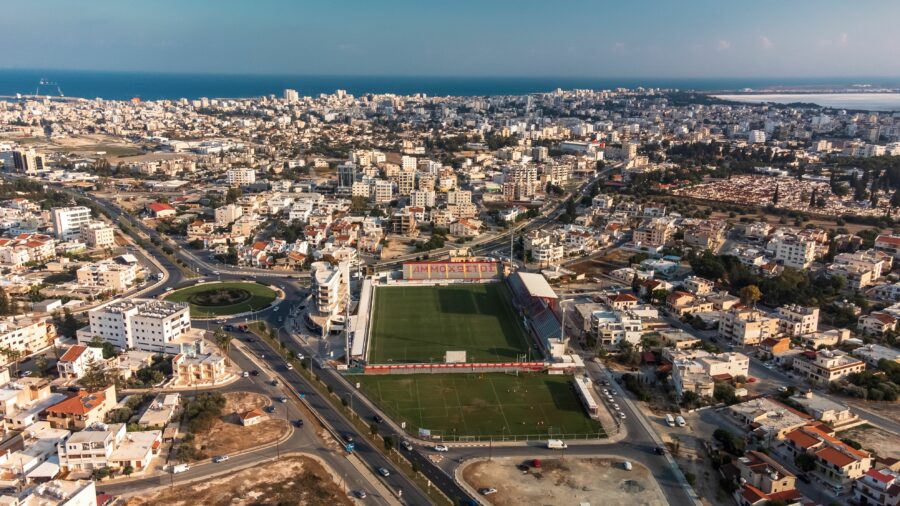
Football is the most popular sport in both Cyprus and Malta, with deep-rooted traditions and devoted fan bases. Cyprus has a more developed football scene, with its teams occasionally qualifying for European competitions. The Cypriot First Division features clubs like APOEL FC and Omonia Nicosia that have competed in the UEFA Champions League and the Europa League.
Malta’s Premier League, while smaller, has passionate supporters and a growing talent pool. Maltese clubs like Valletta FC and Hibernians FC have made appearances in European qualifiers, though with less international success than their Cypriot counterparts.
Both countries have national teams that compete in the World Cup and European Championship qualifiers. Historically, Cyprus has achieved slightly better results, including notable upsets against larger footballing nations.
Notable Matches
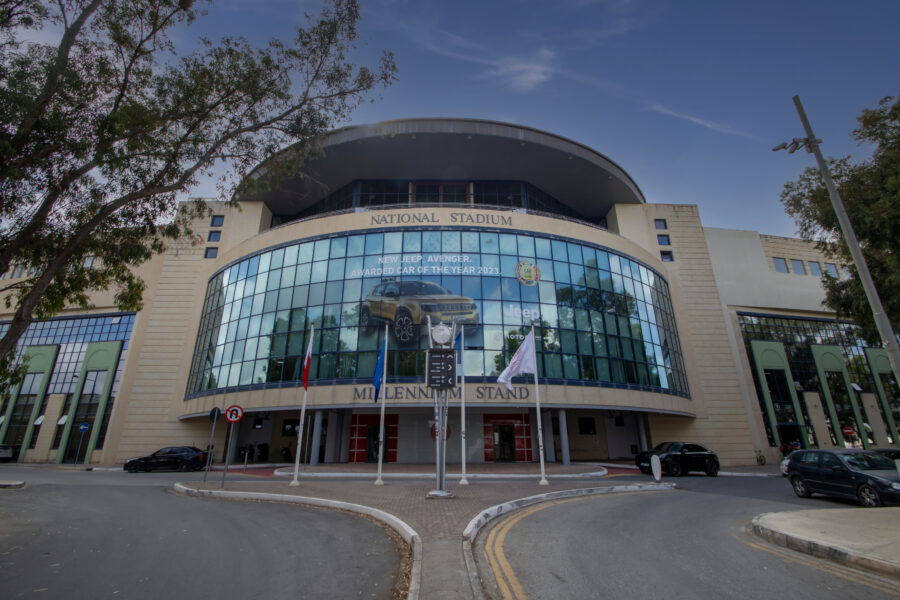
Cyprus and Malta have repeatedly faced each other in friendly and competitive situations. Their most recent encounters produced exciting matches with close scorelines, reflecting the competitive nature of their football rivalry.
In European Championship qualifying matches, Cyprus typically holds a slight edge, though Malta has secured some memorable results. Their 2019 encounter ended in a narrow 2-1 victory for Cyprus, while a previous friendly saw Malta earn a respectable 0-0 draw.
The Mediterranean Games have also featured matches between these island nations, providing another venue for this sporting rivalry. These games attract substantial crowds of tourists and locals, creating a festive atmosphere.
Weather conditions can play a significant role in these matches, with both teams accustomed to playing in hot Mediterranean temperatures but sometimes struggling when matches occur during rainy periods.
Football Stadiums and Facilities
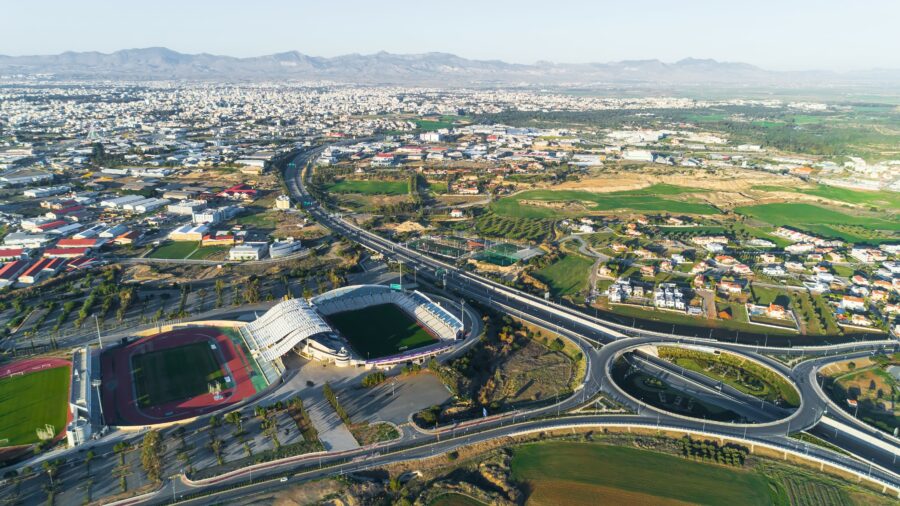
Cyprus boasts several modern football venues, the largest of which is the GSP Stadium in Nicosia, which has a capacity of 23,000. The newly renovated Limassol Stadium offers excellent facilities and has hosted international fixtures.
Malta’s national stadium is the Ta Qali National Stadium, which can accommodate approximately 17,000 spectators. Originally built in the 1980s, it has undergone several renovations to improve the fan experience and meet UEFA standards.
Both countries have invested in youth training facilities to develop local talent. Cyprus has more extensive training complexes due to its larger size and football budget. Malta compensates with focused development programs despite space limitations on the smaller island.
Match day experiences differ slightly between the nations. Cypriot matches tend to draw larger crowds with more intense atmospheres, while Maltese games offer a more intimate setting where visitors can easily secure tickets even for important matches.
Football Match Analysis: Malta vs Cyprus
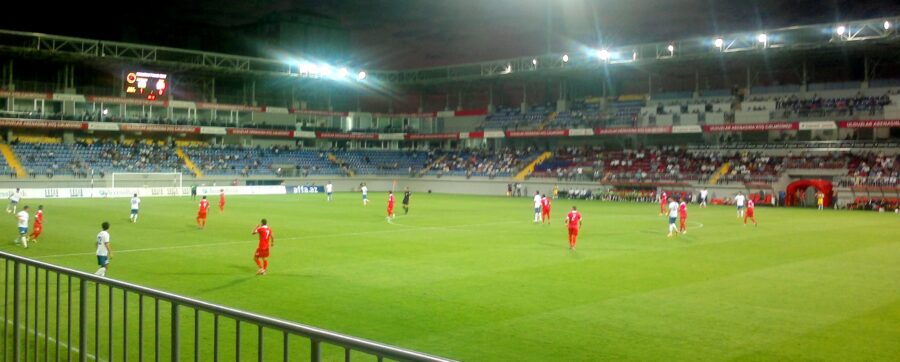
The rivalry between Malta and Cyprus on the football pitch has produced intriguing encounters. These Mediterranean nations have faced each other several times, with Cyprus holding a slight historical edge, winning 3 matches compared to Malta’s two victories across all competitions.
Team Formations and Strategies
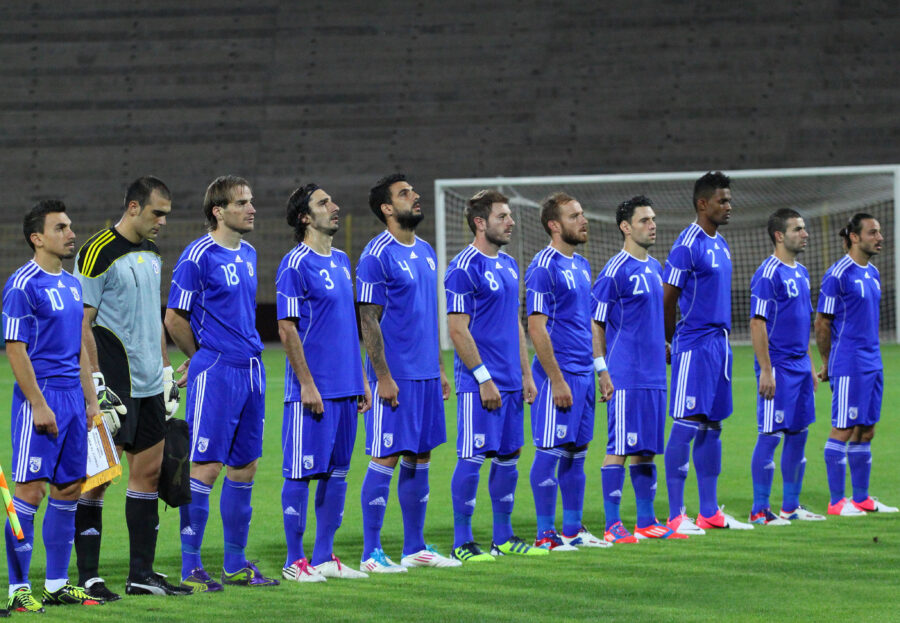
Under coach Nikos Kostenoglou, Cyprus typically employs a 4-2-3-1 formation. This formation focuses on maintaining possession while looking for opportunities to counterattack. This approach has served them well in recent matches, especially when facing teams of a similar ranking.
Malta has experimented with 5-3-2 and 4-3-3 formations, often adapting its strategy based on its opponent’s strengths. Against Cyprus, it has shown a tendency to play more defensively, trying to absorb pressure before launching quick attacks through the wings.
The starting lineups reveal interesting tactical choices from both sides. Cyprus often relies on Ioannis Pittas as its central striker, supported by Marios Elia, who creates chances from midfield. Malta counters with the pace of Joseph Mbong and Paul Mbong on the flanks, with Alexander Satariano serving as its target man up front.
Gameplay and Tactics
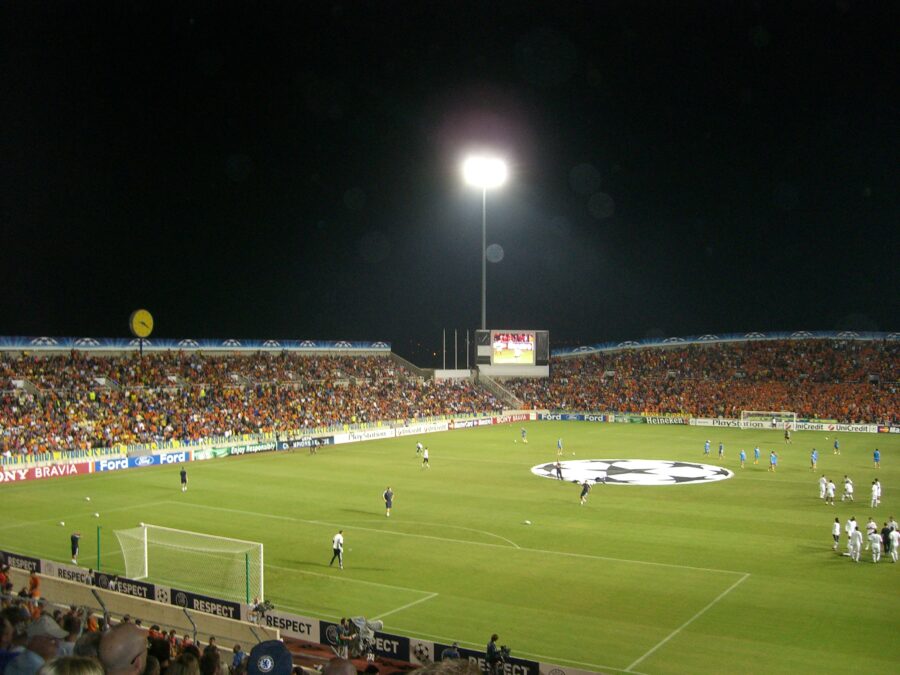
The matches between these teams are typically hard-fought affairs with limited scoring opportunities. In their recent encounters, possession statistics have favored Cyprus, who prefer to build play from the back through short passing sequences.
Malta’s approach focuses on compact defensive organization, with Kurt Shaw often playing a key role in their backline. They look to transition quickly when winning the ball, utilizing the speed of the Mbong brothers on counter-attacks.
First half patterns show Cyprus typically starting matches strongly, applying early pressure. Malta tends to grow into games as they progress, becoming more adventurous in the second half if the scoreline demands it.
Set pieces have proven decisive in previous meetings. Both teams recognize their importance in matches where open-play goals are challenging.
Key Players and Performances

Ioannis Pittas stands out as Cyprus’s danger man. He contributed crucial goals in their previous victories against Malta. His movement off the ball and finishing ability make him a constant threat that Malta’s defense must monitor carefully.
Joseph Mbong has been particularly effective for Malta with his direct running and ability to beat defenders one-on-one. His performances have often created Malta’s best chances in these fixtures.
Paul Mbong’s technical ability and creativity provide an additional attacking threat. When paired with his brother Joseph, they form a dynamic wing combination that has troubled the Cypriot defense.
Marios Elia orchestrates Cyprus’s midfield with his vision and passing range. His ability to control the game’s tempo has been crucial in helping Cyprus maintain possession against Malta’s pressing.
Substitutions and Match Turning Points
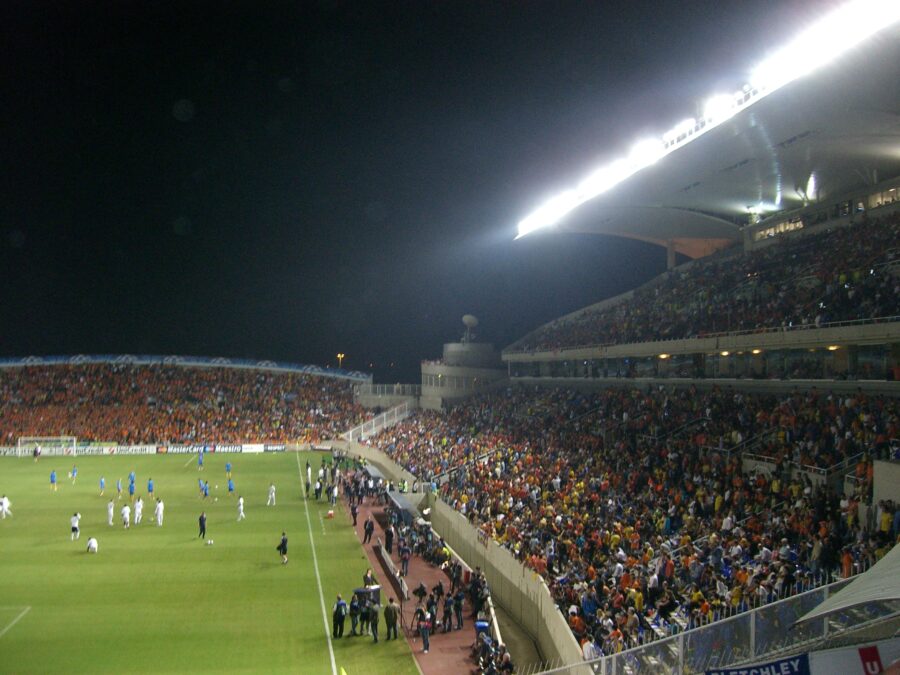
Substitutions have played pivotal roles in previous encounters. Coaches typically make changes around the 60-70 minutes to inject fresh energy into their teams.
In their last meeting, Cyprus’s tactical substitution brought on an additional attacking midfielder, changing the game’s dynamic, allowing them to break down Malta’s defensive structure and secure victory.
Malta’s coaches have shown a willingness to make bold changes when trailing, sometimes switching to a more attacking 4-2-4 formation by introducing Alexander Satariano to partner with their existing striker.
The period immediately following substitutions often produces the most dangerous chances as teams adjust to new shapes. Several goals in past matches have come during these transitional phases.
Key turning points have included red cards (which appeared in two previous matches) and penalty decisions, significantly altering both teams’ tactical approaches.
See Related: Malta vs Cyprus: Key Differences for Your Mediterranean Getaway
Frequently Asked Questions
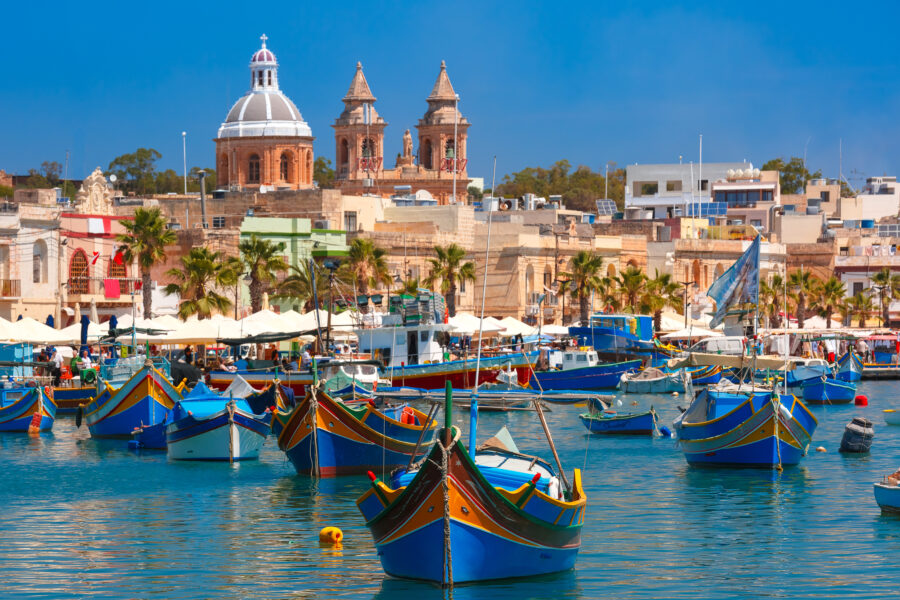
Malta and Cyprus offer unique Mediterranean experiences with distinct cultures, climates, and lifestyles. Although these islands may seem similar at first glance, they differ in many important ways that might influence your decision to visit or relocate.
What are the distinctive cultural differences between Malta and Cyprus?
Malta’s culture blends Italian, British, and Arabic influences. This mix is evident in Maltese, which combines Arabic structure with Italian vocabulary.
Cyprus has strong Greek and Turkish cultural divisions. The island remains politically divided, with Greek influences dominating the south and Turkish traditions in the north.
Food traditions also differ. Maltese cuisine features rabbit stews and pastizzi pastries. Cypriot tables offer halloumi cheese and souvlaki (grilled meat skewers).
How does the cost of living in Malta compare to that in Cyprus for expatriates?
Housing costs more in Malta due to limited space and high demand. A one-bedroom apartment in Valletta can cost 30% more than a similar place in Nicosia.
Daily expenses like groceries and dining tend to be cheaper in Cyprus. Local produce is abundant and affordable throughout the year.
Utility costs, especially water, are higher in Malta. Cyprus offers lower electricity rates but higher heating costs during winter months.
Which country, Malta or Cyprus, offers a more beneficial environment for international students?
Malta provides more English-language programs, making it easier for international students. The University of Malta enjoys a solid reputation and charges lower tuition for EU students.
Cyprus hosts several international universities with UK-affiliated degrees. Many programs cater specifically to international students, with English as the primary language of instruction.
Student life feels more vibrant in Malta due to its smaller size and concentrated student population. Cyprus offers more affordable housing options for students on tight budgets.
In terms of climate, how do Malta and Cyprus differ throughout the year?
Malta has milder winters but hotter summers. Winter temperatures rarely drop below 50°F (10°C), making it ideal for winter escapes.
Cyprus experiences more seasonal variation. Summers reach higher temperatures, especially inland, while winters can be chilly with occasional snow in the Troodos Mountains.
Rainfall patterns differ, too. Cyprus receives more annual precipitation, with most falling between November and March. Malta stays drier year-round with shorter rainy periods.
Can you detail the historical ties and current relationship between Malta and Cyprus?
Both islands share Mediterranean historical influences, including Phoenician, Roman, and Ottoman periods. They were both British colonies, gaining independence in the 1960s.
Today, Malta and Cyprus cooperate as EU member states on Mediterranean policy issues. They often align on issues affecting small island states in European politics.
Tourism creates friendly competition but faces similar challenges regarding water resources, sustainable development, and Mediterranean security concerns.
What unique travel experiences do Malta and Cyprus each offer for holiday seekers?
Malta excels in historical density. Sites like the Hypogeum, prehistoric temples, and Valletta’s fortress walls make it a must-visit for history buffs. The island’s compact size means you can see major attractions in just a few days.
On the other hand, Cyprus offers a variety of landscapes, from sandy beaches to pine-covered mountains. The Troodos range, for example, provides hiking in summer and skiing in winter—something impossible in flat Malta.
Beach experiences differ significantly. Malta has rocky coves with crystal-clear water but fewer sandy beaches. Cyprus, however, boasts expansive sandy shores, particularly around Ayia Napa and Protaras.
